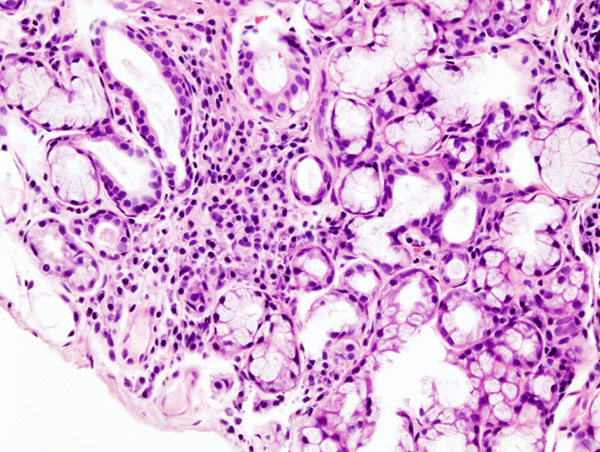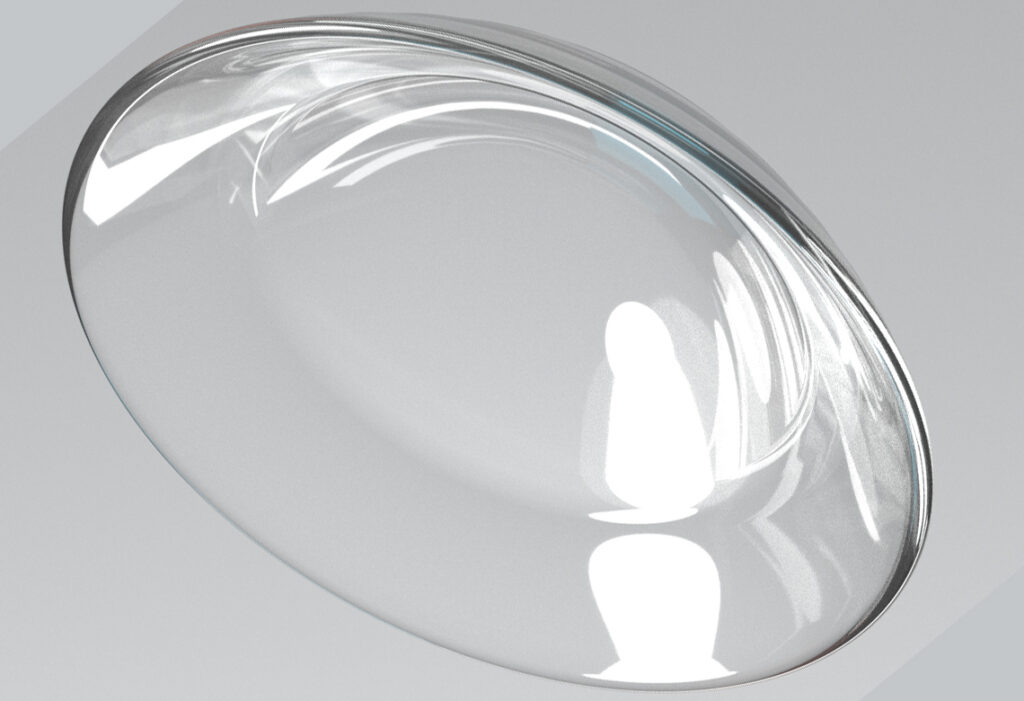Sjögren’s Syndrome Treatment – Dry Eye Institute
Sjögren’s Syndrome is an autoimmune disorder in which a person’s white blood cells attack and destroy the body’s moisture-producing glands. Although symptoms can vary wildly between patients, the classic symptom of Sjögren’s Syndrome is dry eye. Dry eye causes feelings of dryness, burning, itchiness and a sandy or gritty sensation. It can also cause tired, red eyes, visual fatigue, sensitivity to light and blurred vision. If you are experiencing any of these symptoms – or have already been diagnosed with Sjögren’s Syndrome and are seeking treatment for chronic dry eye – please contact Dr. James Lewis of the Dry Eye Institute, serving Philadelphia, New Jersey and the surrounding areas.

About Sjögren’s Syndrome
Sjögren’s Syndrome affects up to 4 million Americans, 90 percent of whom are women. The disease is systemic, meaning its symptoms extend throughout the entire body. It most commonly causes dry eyes and dry mouth, and can also cause the kidneys, gastrointestinal system, blood vessels, lungs, liver, pancreas and nervous system to malfunction. There are two forms of Sjögren’s Syndrome: in the primary form, Sjögren’s Syndrome occurs alone. In the secondary form, Sjögren’s Syndrome develops along with other autoimmune disorders such as lupus, thyroid disease or rheumatoid arthritis.
In order to see clearly, the eyes must distribute a certain quality and quantity of tears over the ocular surface. In patients with Sjögren’s Syndrome, the tear-secreting (lacrimal) glands of the eyes become inflamed, which reduces tear production, in turn causing dry eye symptoms. Sjögren’s Syndrome also affects the composition of the tears, so they no longer protect and support the health of the ocular surface tissues.
Diagnosing Sjögren’s Syndrome
Early diagnosis and intervention is critical to preventing serious complications and improving the patient’s quality of life. However,
Sjögren’s Syndrome is a difficult disease to diagnose, and people experience symptoms for an average of six and a half years before being diagnosed with the disease. Dr. Lewis may perform several different diagnostic tests, including:
· Schirmer’s test to measure tear production
· Vital dye staining (the use of colored eye drops) to examine the eye’s surface for dry spots
· Osmolality to measure the body’s water balance
· Tearlab to measure the osmolality of the tears
Treatment for Dry Eye Symptoms of Sjögren’s Syndrome
People with Sjögren’s Syndrome have several treatment options to soothe dry eye symptoms. Over-the-counter or prescription artificial tears and ointments are common, non-invasive treatment methods.
Another option is the temporary or permanent insertion of silicone plugs to block the small openings in the eyelid that normally drain tears. This helps the patient to retain tears on the ocular surface for longer, relieving symptoms and improving patient comfort.
Dr. Lewis is also a pioneer in the use of intense pulsed light (IPL) and a treatment called LipiFlow. During a LipiFlow procedure, the meibomian glands are warmed and evacuated, using rhythmic compression. LipiFlow treatment lasts 12 minutes and requires only topical anesthesia.
Contact the Dry Eye Institute
If you’d like to learn more about the treatment options available to you at the Dry Eye Institute, please contact Philadelphia corneal specialist James Lewis by calling 215-886-9090.
Schedule an Evaluation
Click to Call
Filed Under: Dry Eye



